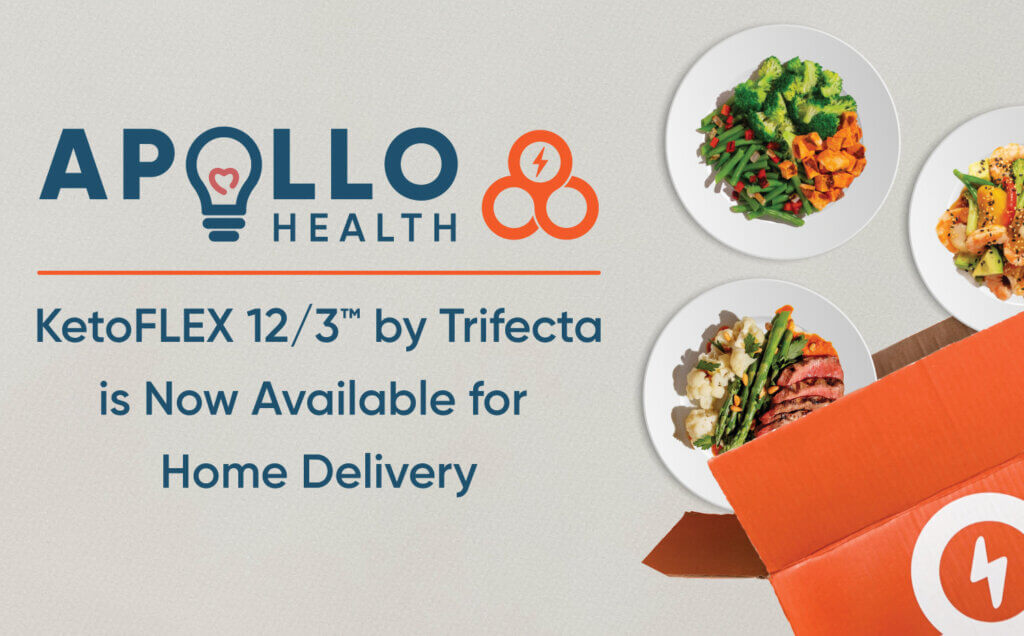May 5, 2023
How to Transition to a Longer Fast


Fasting is an integral part of the KetoFLEX 12/3 lifestyle. It provides a multitude of health benefits, including restoration of insulin sensitivity and the promotion of ketones which can be used as fuel for our brains. Additionally, it promotes a healing process called autophagy. Autophagy is a form of cellular “housekeeping” whereby our bodies recycle worn-out cellular debris to make new cellular parts. Many report a significant improvement in cognition once they achieve their fasting goal and begin burning their own body fat as fuel. It’s very liberating not to have to rely on frequent snacks and meals and to be able to freely tap into your own steady energy supply.
Fasting Goals for KetoFLEX 12/3
● Fast for at least three hours before bed for a total of at least 12 hours.
● ApoE4 carriers may wish to extend their fast even longer for a minimum of sixteen hours. To learn about ApoE4, see ApoE4 can be Your Friend.

Why is fasting so easy for some people and much harder for others? It’s very frustrating when you’re motivated to fast but can’t even make it through the night without feeling the need for a snack. Those who struggle are likely suffering from some degree of insulin resistance which can make this transition tough but not impossible.
If you are a diabetic, who uses medication, it’s important to consult with your physician before beginning this program so that you can be instructed on how to reduce medication(s) as you heal to avoid a hypoglycemic episode.
People who are metabolically healthy can easily transition to a state of ketosis whereby they’re burning their own fat. Those who are insulin resistant, on the other hand, may have trouble mobilizing fat stores, which may leave them feeling “hangry” when they try to fast. Depending upon the severity of your insulin resistance, this transition to being able to fast may take weeks or even months. By following the tips and tricks below, you should be able to extend the length of your fast by a little bit more each day until you reach your fasting goals.
Steps to Extend Your Fast
1) An important first step is to distinguish between hunger and true hypoglycemia (low blood sugar), which can be dangerous. Hypoglycemia leads to symptoms of light-headedness, confusion, slurred speech, blurred vision, hunger, irritability, shaking, anxiety, and sweating. If you’re uncertain what you’re experiencing (assuming symptoms are mild) test your blood sugar with a glucometer, such as Precision Xtra, or continuous glucose monitoring (CGM). With diabetes and pre-diabetes, a measurement below 70mg/dL is considered hypoglycemic. It’s worth noting that those who are insulin sensitive can experience lower blood glucose levels without symptoms.
2) If your blood glucose is below 70mg/dL and symptoms are severe, immediately consume a high-carbohydrate snack like a banana or apple and consider adding some nuts or avocado slices for longer-lasting fuel. The carbs may feel counterproductive to the end goal, but they are necessary to address the hypoglycemic crisis. As you adopt the KetoFLEX 12/3 nutrition recommendations, replacing sugars and refined carbohydrates with fiber-rich, non-starchy vegetables, and healthy fats, hypoglycemic episodes will become less frequent.
3) If your blood sugar is within normal range and you are simply hungry, try eating some healthy fat, like nuts, seeds, or avocado slices, to encourage ketosis. Try to extend your fast for five to 20 minutes longer each day until you reach the recommended goal.
4) Consider using a ketone supplement such as medium chain triglycerides (MCT or coconut oil), ketone salts, or esters to accelerate ketosis. Learn more about Ketone Supplements. Once insulin sensitivity is restored and you’ve successfully adopted the KetoFLEX 12/3 lifestyle, you’ll be naturally producing ketone by burning your own stored body fat and will no longer have a need for ketone supplements. Ideally, ketone supplement use is transitional and short-term.
5) Lastly, be aware that a contributing factor for difficulty with this initial transition may be the “keto flu.” See How to Avoid the Keto Flu. Once you restore proper hydration, symptoms are typically rectified.






